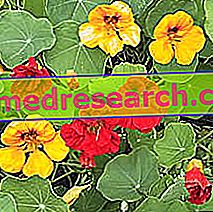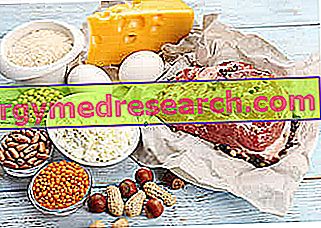
Scientific name
Tropaeolum majus L.Family
TropaelaceaeOrigin
Plant cultivated in temperate climatesSynonyms
nasturtium
Used Parts
Drug given by leaves and fresh flowers.Chemical constituents
- Essential oil;
- Glucosides (glucotropeoline).
Capuchin in Herbalist: Property of the Capuchin
Of the Capuchin plant the fresh leaves are used for the stomachic and fluidifying action on the bronchial secretions; for external use, it is used in poultice to treat scars and bruises (sulfur glucosides). Moreover, always for external use, it is used in folk medicine to revitalize the scalp hair bulb.
Contraindications
Avoid in case of proven hypersensitivity to one or more components.
Pharmacological Interactions
- cappuccin acts as an enzyme inducer at the level of the hepatic microsomal system, so it increases the metabolism of some drugs
- can inhibit the anticoagulant effect of warfarin due to its vitamin K content;
- iodized drugs: interference with iodine metabolism at thyroid level due to the presence of isothiocyanates.
Warnings
The oral administration of cappuccina or its derivatives is not recommended as it is potentially gastro and nefrolesivi.



